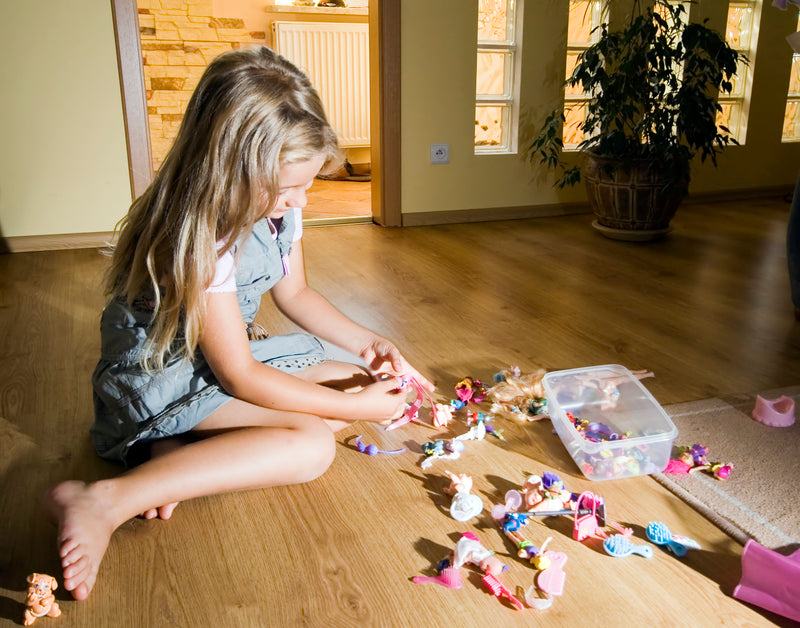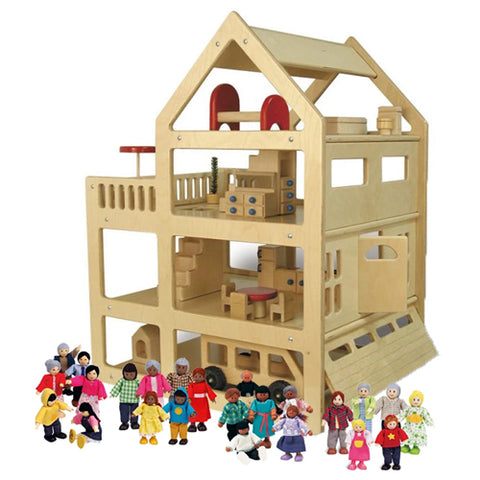
What is the Right Way to Do Play Therapy?
A year after I started ChildTherapyToys.com I approached the author of a game about feelings to ask them if they’d like to sell the game on ChildTherapyToys.com. I had lunch with the author and we discussed the history of the game. The author had shared the game with a prominent and well regarded clinician and was told bluntly that the game was not appropriate for play therapy. As a registered play therapist and play therapy supervisor with many years of experience this came as quite a surprise to the author. Clearly, the clinician had some very firm ideas about the right way to do play therapy and it did not include games about feelings. Around the same time I exhibited at a play therapy conference. Among the many items I brought was a well-made, and attractive, dollhouse that we still carry.

During the conference I received quite a lengthy lecture from an attendee about how this dollhouse was not appropriate for play therapy. Again, quite a level of certitude! I won’t share the names or play orientation of these very certain therapists. Not only does it seem arrogant to say there is only one way to do play therapy, it seems very unhelpful to our clients.
As it turns out, experience suggests there is no one size fits all way to conduct play therapy. On this point many clinicians agree. Look at the September 2019 issue of Play Therapy magazine (seriously, take a look, it’s a great issue). Eight different play therapy theories are discussed. And of course, within each theory are numerous approaches to play therapy, some combining theoretical orientations. Rather than trying to identify the “right way” to do play therapy, the authors of the introductory article to the issue argue that first and foremost it is important for play therapists to develop an in-depth understanding and appreciation of the therapeutic power or play. Without adequate foundation practitioners run the risk of “practicing in a haphazard manner” (Peabody & Schaefer, Play Therapy, Volume 14, Issue 3).
Where does that leave us? Study a lot! Learn how play is essential and foundational, and identify a theoretical orientation that suites you and you feel comfortable with. Build on that. Ask, “What does this client need” over and over again. In the meantime, our job at ChildTherapyToys.com is to bring you whatever tools, toys, and books you need to be a successful clinician. Let us know if we’re not meeting your needs. We’re always open to suggestions.
